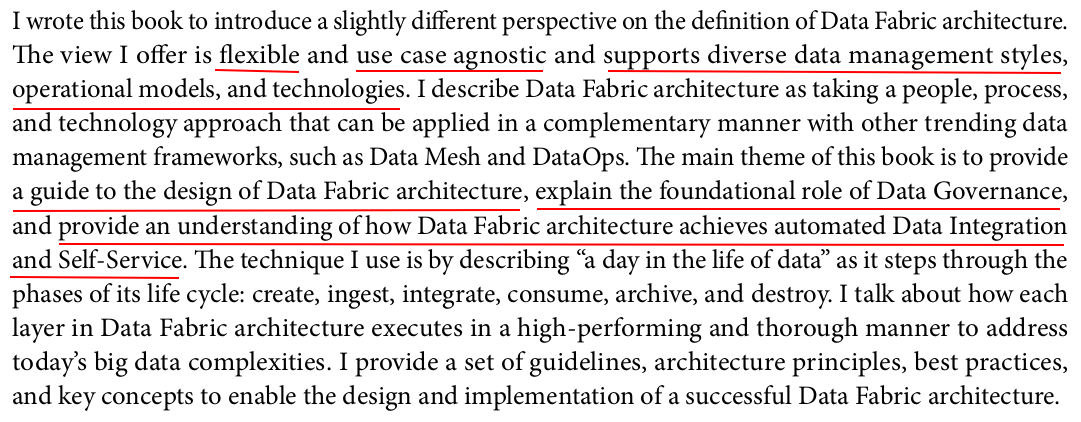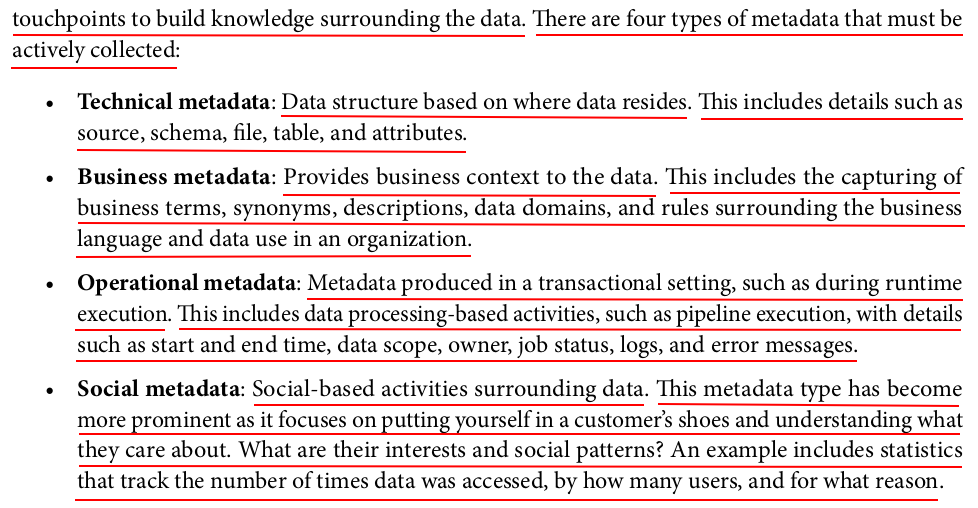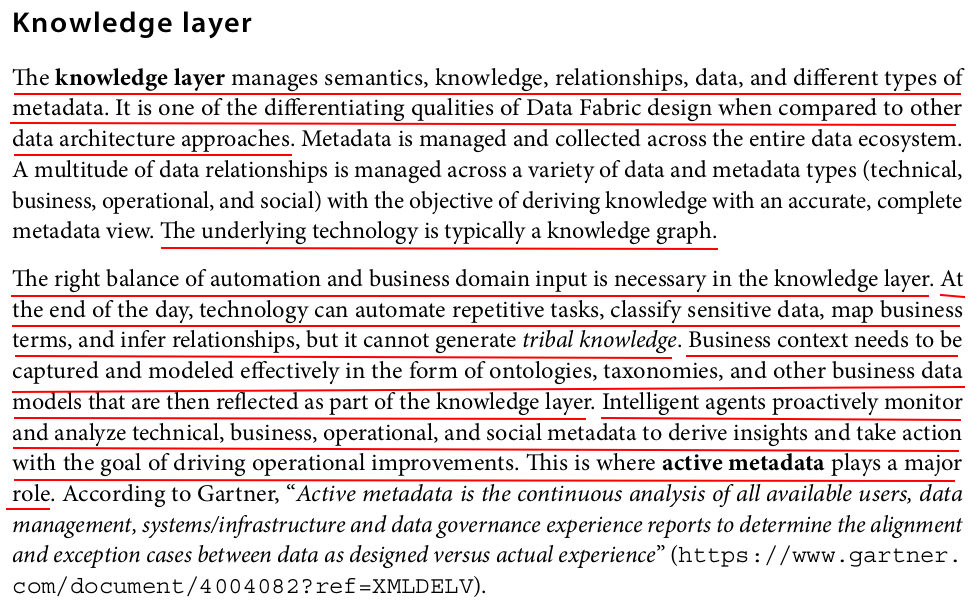
















TOGAF, or The Open Group Architecture Framework, is a framework and methodology for designing, planning, and implementing an enterprise's IT architecture:
-
PurposeTOGAF helps organizations align their business goals and IT strategy, and manage their technology infrastructure.
-
BenefitsTOGAF can improve business efficiency and support consistency, interoperability, and flexibility in IT systems.
-
UsesTOGAF is used by a variety of organizations, including commercial businesses, government departments, and defense agencies.
-
ComponentsTOGAF includes a set of principles, guidelines, and best practices. It's designed to be flexible, with common universal concepts and variable detailed configuration.
-
CertificationTOGAF certifications allow enterprise architects to demonstrate their skills and experience using the TOGAF Standards. One certification credential is the Integrating Risk and Security certification, which validates an individual's understanding of security and risk concepts.
-
ResourcesThe TOGAF Library is an online resource that provides a structured list of guides, white papers, and other resources.
-
PhasesThe eight main phases of TOGAF ADM are:
- Preliminary: Framework and Principle
- Architecture Vision
- Business Architecture
- Architecture Information Systems
- Technology Architecture
- Opportunities and Solutions
- Migration Planning
- Implementation Governance
- Architecture Change Management































【推荐】国内首个AI IDE,深度理解中文开发场景,立即下载体验Trae
【推荐】编程新体验,更懂你的AI,立即体验豆包MarsCode编程助手
【推荐】抖音旗下AI助手豆包,你的智能百科全书,全免费不限次数
【推荐】轻量又高性能的 SSH 工具 IShell:AI 加持,快人一步
· 震惊!C++程序真的从main开始吗?99%的程序员都答错了
· 【硬核科普】Trae如何「偷看」你的代码?零基础破解AI编程运行原理
· 单元测试从入门到精通
· 上周热点回顾(3.3-3.9)
· winform 绘制太阳,地球,月球 运作规律
2023-12-10 Go - Run a sql file on PostgreSQL using pgx
2023-12-10 Dockerfile - CMD, ARG
2023-12-10 PostgreSQL - Start a container with docker compose file
2023-12-10 PostgreSQL - error: connection to server on socket "/var/run/postgresql/.s.PGSQL.5432" failed: No such file or directory